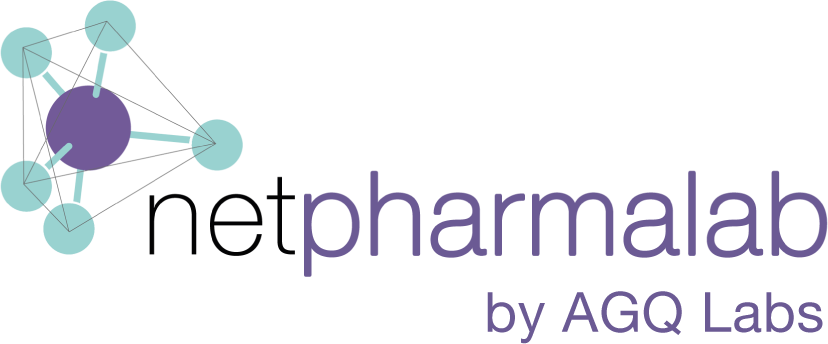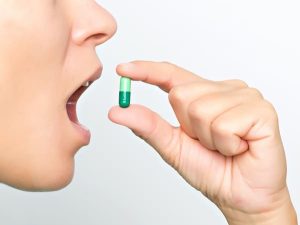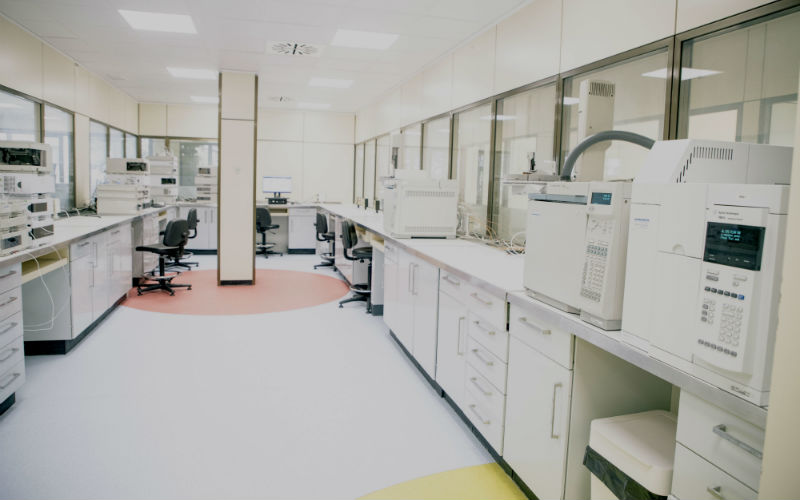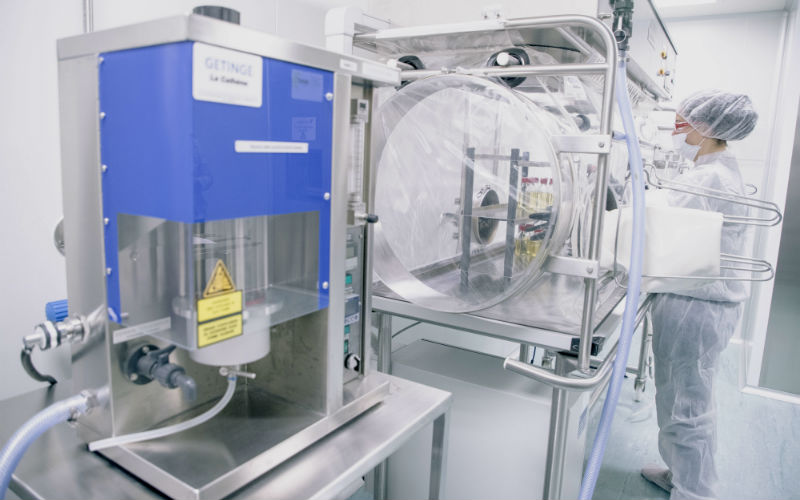What are nitrosamines and continuous control of nitrosamines in the pharmaceutical industry
Nitrosamines are defined as organic compounds that have a nitrous functional group, which can be present in routine foods (meats, vegetables and dairy products), in common consumer products (cosmetics, plastics, rubber and even personal hygiene products) and in medicines. For this reason, the control of nitrosamines is important in consumer products and widely used medications.
In the case of the pharmaceutical industry, nitrosamines are present in different medicines due to chemical reactions during their manufacture, normally nitrites with secondary or tertiary amines. This happens, for example, with dimethylnitrosamine, diethylnitrosamine and N-Nitroso-N-methyl-4-aminobutyric acid (NMBA). However, there are many other possible nitrosamines that may be present in medications and all of them must have rigorous control.
The quality control of food and medicines, and the regulations of nitrosamines, are essential, since if timely pharmaceutical inspections are not carried out, adverse effects could be generated due to the presence of impurities. Nitrosamines are related to pharmaceutical contamination and an increased likelihood of suffering from cancer when people consume medications higher than the recommended daily intake limit. Thus, food and drug safety agencies, such as the FDA in the United States or the EFSA and EMA in the European Union, intervene if they see it necessary to safeguard consumer health.
Genotoxic and carcinogenic characteristics of nitrosamines
It is important to establish maximum permissible limits of nitrosamines, since these can generate mutations due to their ability to react with DNA once the nitrogen cation is absorbed by the most abundant cells of the intestinal epithelium, known as enterocytes.
If low doses of nitrosamines are consumed in medications, a toxicological problem could arise, requiring rigorous testing and control of nitrosamines. And this is a chemical compound that is a precursor to cancer in tissues and organs such as lungs, liver, stomach or kidney.
Presence in the pharmaceutical industry
Nitrosamines in the pharmaceutical industry require continuous control. N-nitrosodimethylamine (NDMA) is obtained as a byproduct during the synthesis of the drug Valsartan, which is used as an antihypertensive for hypertensive patients. Its detection in drugs used to reduce blood pressure led to the FDA and EMA withdrawing them from the market.
Another product removed from the market in 2020 was Ranitidine (Zantac(r)). This is used for the treatment of peptic ulcers, since it has the ability to inhibit the production of gastric acids. Recent research has concluded that medicines based on this component, stored at temperatures above 25°C, could release harmful impurities of nitrosamine N-nitrosodimethylamine. Likewise, NDMA levels would gradually increase, which is why the FDA requested the withdrawal of various Ranitidine-based medications from the market.
In any case, patients who consume Ranitidine-based medications should consult with their authorized doctor about their health condition and the approval of the medication, since there are legalized medications that are not considered a health risk based on the limit of acceptable consumption.
According to the World Health Organization, the allowable daily intake limits for nitrosamines are 96 ng per day in the case of NDMA and NMBA, while in the case of N-nitrosodiethylamine (NDEA), N-nitrosodiisopropylamine (NDIPA) and N-nitrosoethylisopropylamine (NEIPA) limit is 26.5 ng per day.
Contact our team of nitrosamine control experts to request more information about the analyses that guarantee the safety of your products.


